FLOAT FLYING AT ITS BEST
lexapro side effects heart
lexapro side effects after 1
week
buy abortion pill espana
buy abortion pill espana
website
benadryl and pregnancy tests
benadryl pregnancy
nhs
where to buy abortion pill
buy
abortion pill
buy naltrexone online cheap
where
can i buy naltrexone
bentelan torrino
bentelan
tosse
"You want to have the door cracked open if and when an engine quits, and practice the orient, move and locate technique.
Prior to water contact, make sure that the door is open before contacting the water. And you can do this by wedging something in the door before splashdown. If you don’t open the door in a water ditching, then water is going to have to leak into the cabin to equalize the hydrostatic pressure before the door can be opened. You’ll have to wait for the airplane to essentially fill up before you can leave. And you might be cool, but no one is that cool.
Additionally, for all over water flights, you'll want to practice the following technique: and it's called orient, move and locate.
This technique helps you orient yourself to the front of the airplane and the airplane’s door handle. And it’s an extremely important and useful technique if you become confused as to which way is up, down, in or out. You can practice it by sitting in the airplane and placing your right or left hand on your leg thigh located nearest the door. This is how you orient yourself to the airplane. Remember, your seatbelt is on here so you’re in the right or left seat facing forward. The next thing you do is to move your hand in 90-degree motions to locate the door handle. Move your hand from your knee, 90-degrees right or left to find the door. Then, move your hand 90-degrees upwards to locate the door handle.
This process helps you find the door in the water in pitch black conditions while the airplane is upright, tilted or even inverted. It’s a good procedure to remember.
And here's one more thing I'd like you to remember. Do not remove your seatbelt until whatever water is going to rush into the cockpit, has rushed into the cockpit. This prevents you from being swept to the back of the aircraft as water fills the cockpit. Additionally, do not remove that seatbelt until you have located the door handle."
claritin and pregnancy test
generic claritin and pregnancy
FLOAT LANDINGS 2019
Briefing at 3pm at Seaplane base. Ivan Filion and Carol Cooke set out the coloured buoys, and were the judges. Rules were - 3 landings (all would count). Equal points deducted for wing span length early or late across the line between the buoys. First and best landing of the day goes to Ron Miller being 1/2 length short. Most consistent was Claude Bourgoin (Maule) which earned him the first place award. All other landings by all participants were either short, long, or outside the balls. Honorable mention for participating goes to the Chappell husband and wife competitors Jim and MJ (C-172), Ron Miller (C-182), and Ron Cooke (J3 Cub). Later there were comments about the balls being harder than normal to see this year, so there may need to be adjustments next year.
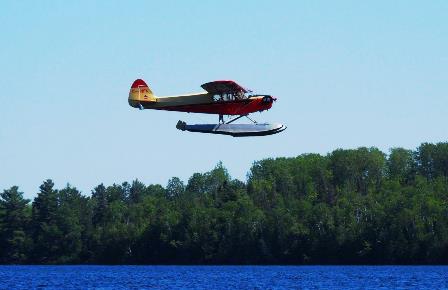
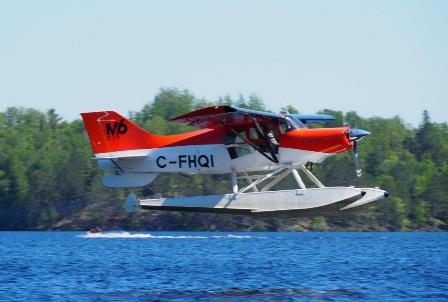
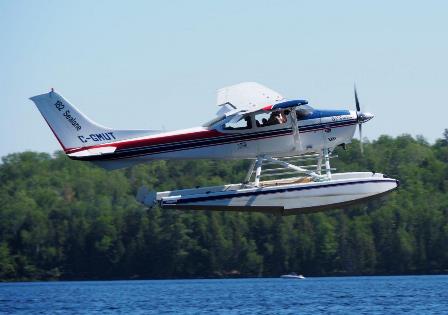

BBQ -after the planes were all docked, about 40 Flight 23 members, (and some family members), then gathered for socializing, and a great steak bbq provided by the Flight. (included with Flt 23 annual membership dues). Awesome baked potatoes were cooked by Marc and Cher Charron, and other members brought copious salads and desserts. Steaks were provided by M and M meat shop, and all agreed they were the best yet.
Special thanks to
->> Ivan Filion for trailering his boat from Field, and taking time out from family get together to help out.
->> Fred Culin for the use of his hangar at the seaplane base.
->> Bill Carswell, and Tom Fraser for cooking the steaks
->>Kelly Hewitt from the airport who facilitated the judge getting close proximity to the runway
->>FSS for their help in keeping flights going smoothly.
->>Weather Gods who provided just enough wind to keep the black flies at bay.
Egress after ditching.
"You want to have the door cracked open if and when an engine quits, and practice the orient, move and locate technique.
Prior to water contact, make sure that the door is open before contacting the water. And you can do this by wedging something in the door before splashdown. If you don’t open the door in a water ditching, then water is going to have to leak into the cabin to equalize the hydrostatic pressure before the door can be opened. You’ll have to wait for the airplane to essentially fill up before you can leave. And you might be cool, but no one is that cool.
Additionally, for all over water flights, you'll want to practice the following technique: and it's called orient, move and locate.
This technique helps you orient yourself to the front of the airplane and the airplane’s door handle. And it’s an extremely important and useful technique if you become confused as to which way is up, down, in or out. You can practice it by sitting in the airplane and placing your right or left hand on your leg thigh located nearest the door. This is how you orient yourself to the airplane. Remember, your seatbelt is on here so you’re in the right or left seat facing forward. The next thing you do is to move your hand in 90-degree motions to locate the door handle. Move your hand from your knee, 90-degrees right or left to find the door. Then, move your hand 90-degrees upwards to locate the door handle.
This process helps you find the door in the water in pitch black conditions while the airplane is upright, tilted or even inverted. It’s a good procedure to remember.
And here's one more thing I'd like you to remember. Do not remove your seatbelt until whatever water is going to rush into the cockpit, has rushed into the cockpit. This prevents you from being swept to the back of the aircraft as water fills the cockpit. Ad
ditionally, do not remove that seatbelt until you have located the door handle."
( Author: Rod Machado )
Flight 23 member, Ron Miller, enjoying a tour of air tankers parked at the ramp of the MNR base, located at CYYB.
These aircraft, AirTractor 802AF FireBoss, are from the Government of the Northwest Territories.


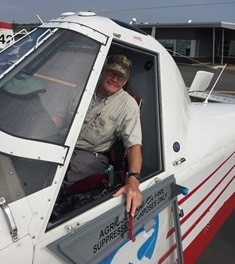
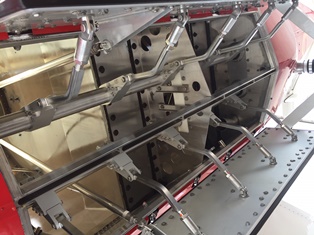
Copa landings Proficiency - June 2018 from Emily Miller on Vimeo.
viagra prodej brno
viagra cena bez receptu
read
lomper precio jarabe
lomper
precio
sertraline and alcohol anger
s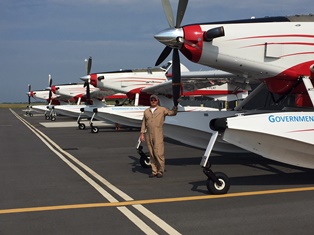 ertraline alcohol blackout
ertraline alcohol blackout
zoloft pregnancy category
zoloft and pregnancy test
lasertech.com
over the counter asthma inhalers canada
over the counter asthma
inhalers
FLOAT FLYING PROFICIENCY - TROUT LAKE - 23rd JUNE 2018 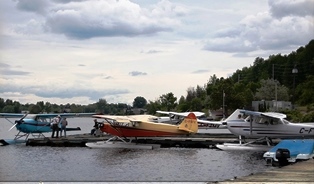
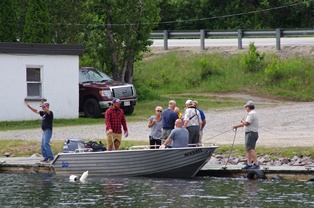
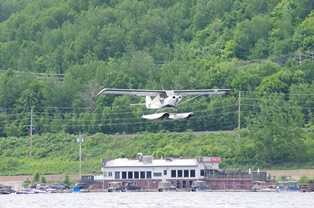
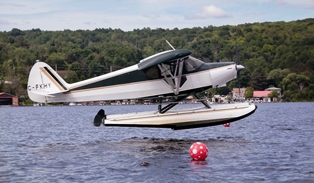
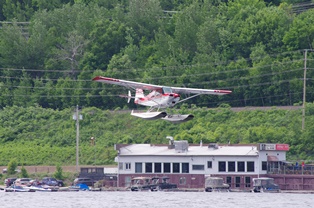
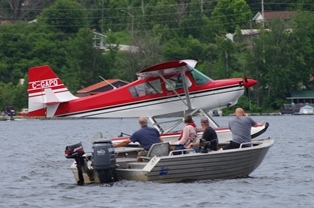
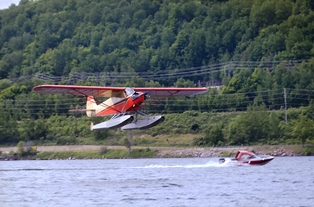
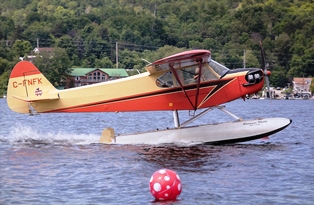
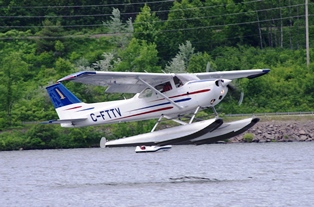

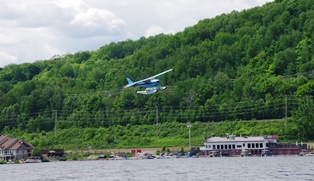

PROMOTIONAL VIDEO ON OUR UPOMING LANDING EVENT.
RULES FOR FLOAT PLANE PROFICIENCY CHECK
Trout Lake Airbase
June 18, 2016 Time : 3:00 p.m. to 4:30 p.m.
Rules
- Each participant will be required to carry out two landings. If a go around (low approach) is required due to traffic, an additional circuit may be completed.
- The touchdown spot will be the line between the two spherical floating buoys.
- Participants will be ranked incrementally closest to farthest from one to the number of participants. The lowest combined score wins the overall competition and special mentions will go to the closest landing on the first and second landings.
- Only touchdowns considered to be reasonably good landings will be scored and intentional “driving” the aircraft over the lake to get a good score may be disqualified. Good airmanship is of the essence.
- Landings will be videotaped for your later viewing pleasure and to assist the judges with their ranking.
- The judges’ decisions are final.